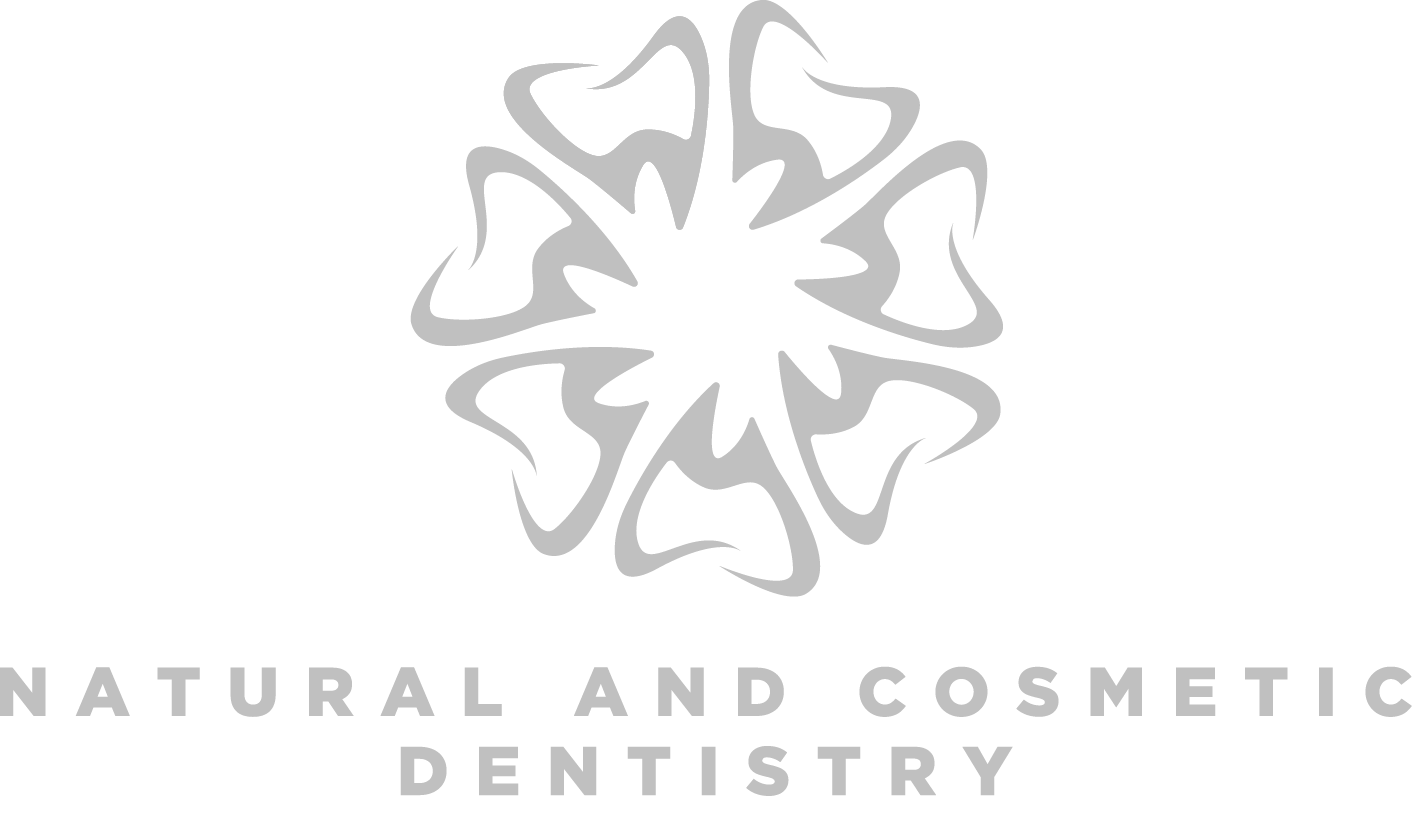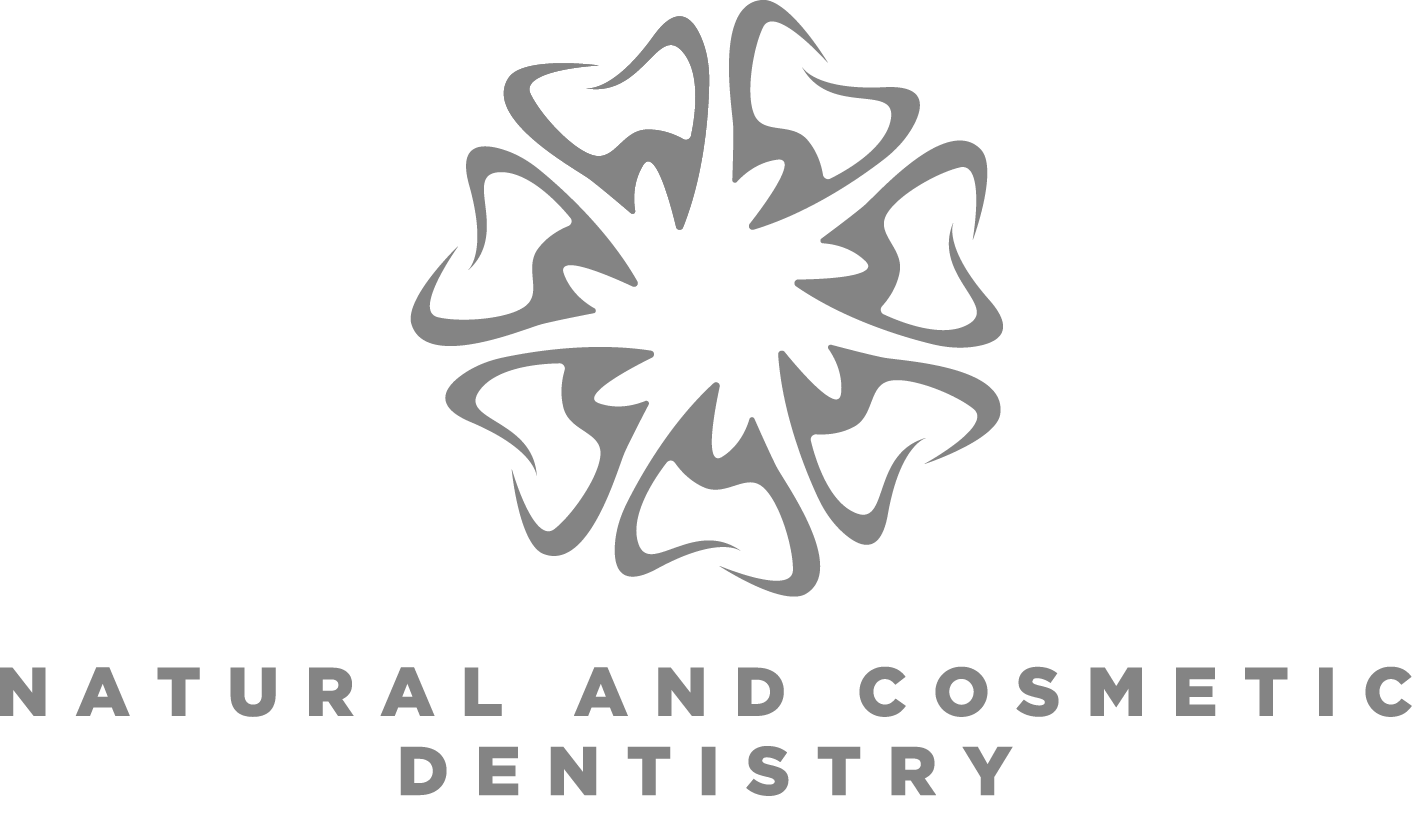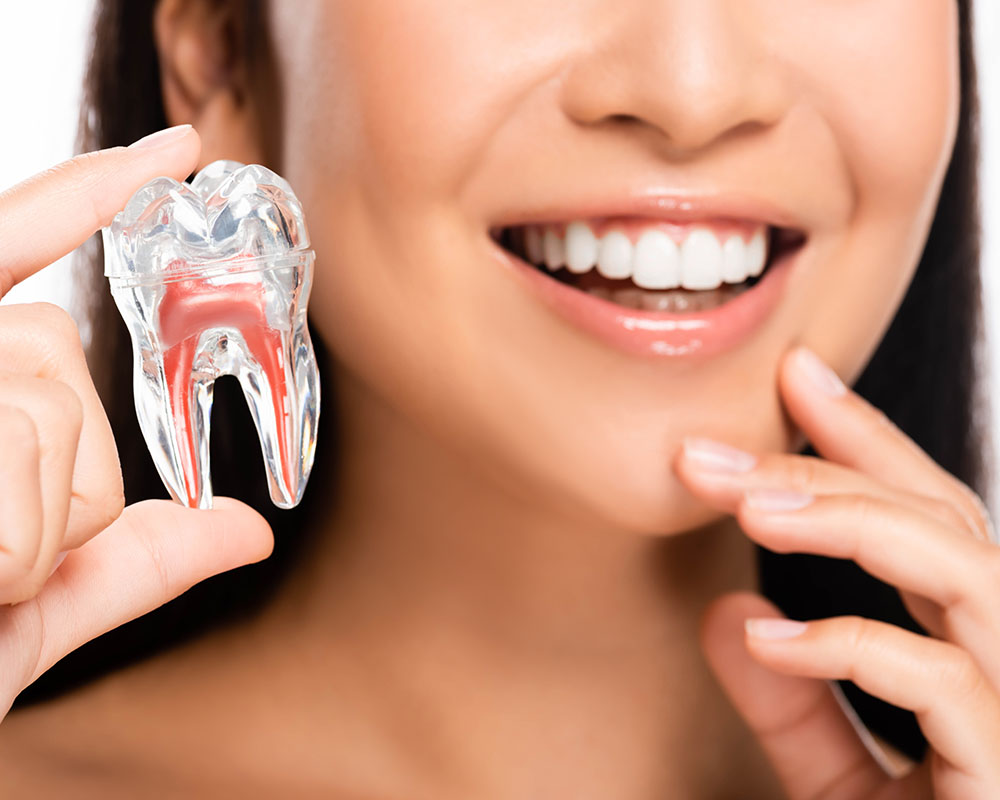Gum disease can be a potentially serious condition, leading to additional health problems, tooth decay, and loss of teeth. Knowing the signs and symptoms of gum disease is important for your overall oral and physical health.
Types of Gum Disease
There are actually two different types of gum disease:
- Gingivitis
Gingivitis means inflammation of the gums, this condition happens to be the most common . Gingivitis usually presents with bleeding gums, or red and swollen gums. There usually isn’t much pain or discomfort with gingivitis but If left untreated it can lead to periodontal disease, the other type of gum disease.
- Periodontitis
Periodontitis means inflammation of the tissue around the teeth, often causing shrinkage of the gums and loosening of the teeth. This can sometimes be quite serious, especially if left untreated. With this type of gum disease, the body attacks itself as it tries to rid itself of the bacteria and decay that has worked its way below the gum line. It can affect not only your gums, but also the bone of the jaw.
Signs and Symptoms
There are several signs of gum disease that may be present, depending on the type of gum disease you have and how advanced it has become. If you notice any of these signs and symptoms, contact us today for an appointment and treatment. It is important that it is treated quickly and effectively. The common signs and symptoms of gum disease are:
- Bleeding gums
- Red, swollen, or sensitive gums
- Gums pulling away from the teeth
- Consistently bad breath
- Teeth becoming loose or separated
- Changes in bite or how dental appliances fit
What You Can Do
Usually the best way to fight gum disease is to change your oral health habits. You may not be brushing correctly or frequently enough, or flossing incorrectly or not at all. Your dentist will also have some additional treatments for gum disease depending on the severity. If you have any of the signs of gum disease, contact us today for an appointment.



